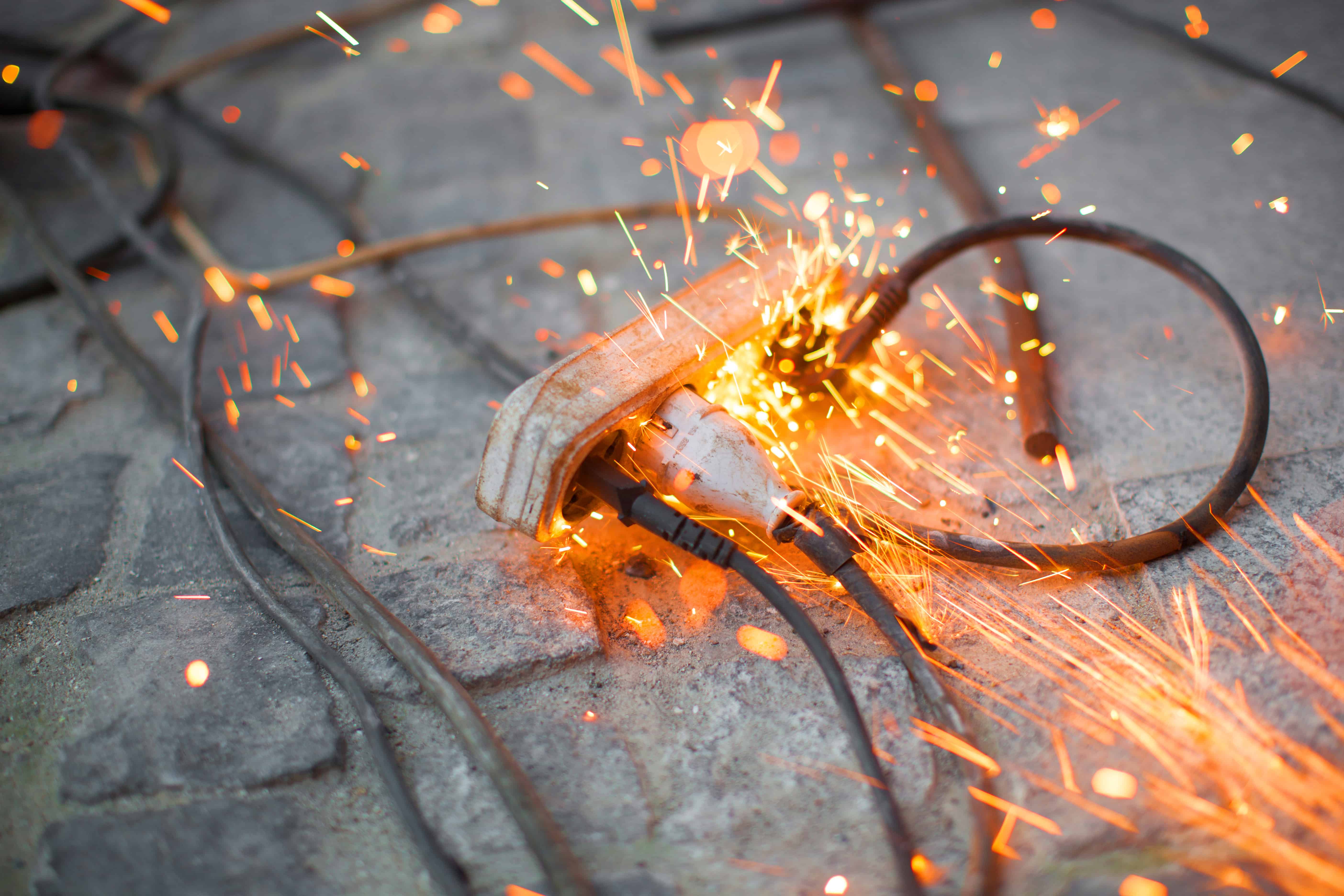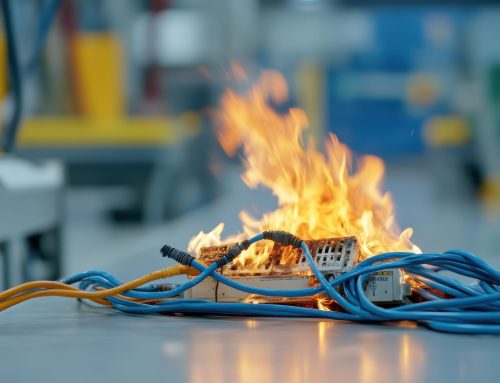What are the most common causes of fire by industry?
Depending on the industry in which you work or run your business, the risk of fire is heightened based on certain factors. Criteria such as how the building is used, use of heat-producing equipment, the size of a building, and the type of materials stored all impact a building’s fire risk.
Being aware of these fire hazards can help employers and their employees to maintain a safer worker environment. Some incidents may be out of our control, but many fires are a result of basic human error.
Industrial or Manufacturing Properties
The NFPA reportselectrical distribution and lighting equipment as the top cause of structure fires in industrial properties. Heating is the leading cause of structure fires in manufacturing facilities.
These facilities are also at a heightened risk of fire due to combustible material and the use/storage of flammable liquids and gasses. If combustible material comes into contact with an ignition source, an explosion could occur.
Hotels & motels
Mixed-use properties like hotels pose a range of dangers. These variegated challenges are difficult for hotel managers/building owners to manage.
You may think smoking or electrical fires would be chief causes of fire for the hospitality industry, but it’s in fact cooking. Kitchen fires caused approximately 46 percent of all hotel/motel fires, making it the leading cause of hotel fires.
Healthcare facilities
Fire occurrences at healthcare facilities can occur from a number of sources such as faulty electrical writing, storage of flammable equipment, and heat-producing equipment. These factors differ based on the type of facility (i.e. hospital, nursing home, etc.).
Just like many other industries, cooking is the leading cause of fires in medical facilities overall, accounting for 64 percent of all confined fires. Electrical malfunctions, appliances, and equipment misoperation are the leading causes of nonconfined fires in medical facilities.
Office properties
The leading causes of structure fires in office propertiesare cooking equipment (29 percent), electrical distribution and lighting equipment (12 percent), and heating equipment (10 percent).
Faulty building maintenance and human error are typically to blame for many of these fires. For example, old or faulty wiring can spark an electrical fire behind a wall, and employees overloading circuits or misusing office supplies/equipment can lead to fire as well.
Oil & gas industry
Improper hot-work practices and ignition of flammable vapors from mobile engines and auxiliary motors are the principal causes of fire in the oil and gas industry. From welding operations to vehicles with catalytic converters, there are many ignition sources on-site.
The risk of explosions are also greater for this industry. Hot-work creates hot sparks which can then come into contact with nearby flammable gasses, which could create an explosion.
What you can do
Training employees on the proper use of heat-producing equipment, teaching fire safety practices, and ensuring all employees know how to properly use a fire extinguisher are imperative fire prevention steps for any industry.
Regular maintenance of the building’s fire sprinkler system will also save lives and avoid serious damage from fire. A fully functioning fire sprinkler system is a vital component to an effective fire protection strategy. These dynamic systems are often complex, and they require regular inspections and maintenance.
Call Fire Systems, Inc. today or visit our websiteto schedule your fire sprinkler system inspection today.






